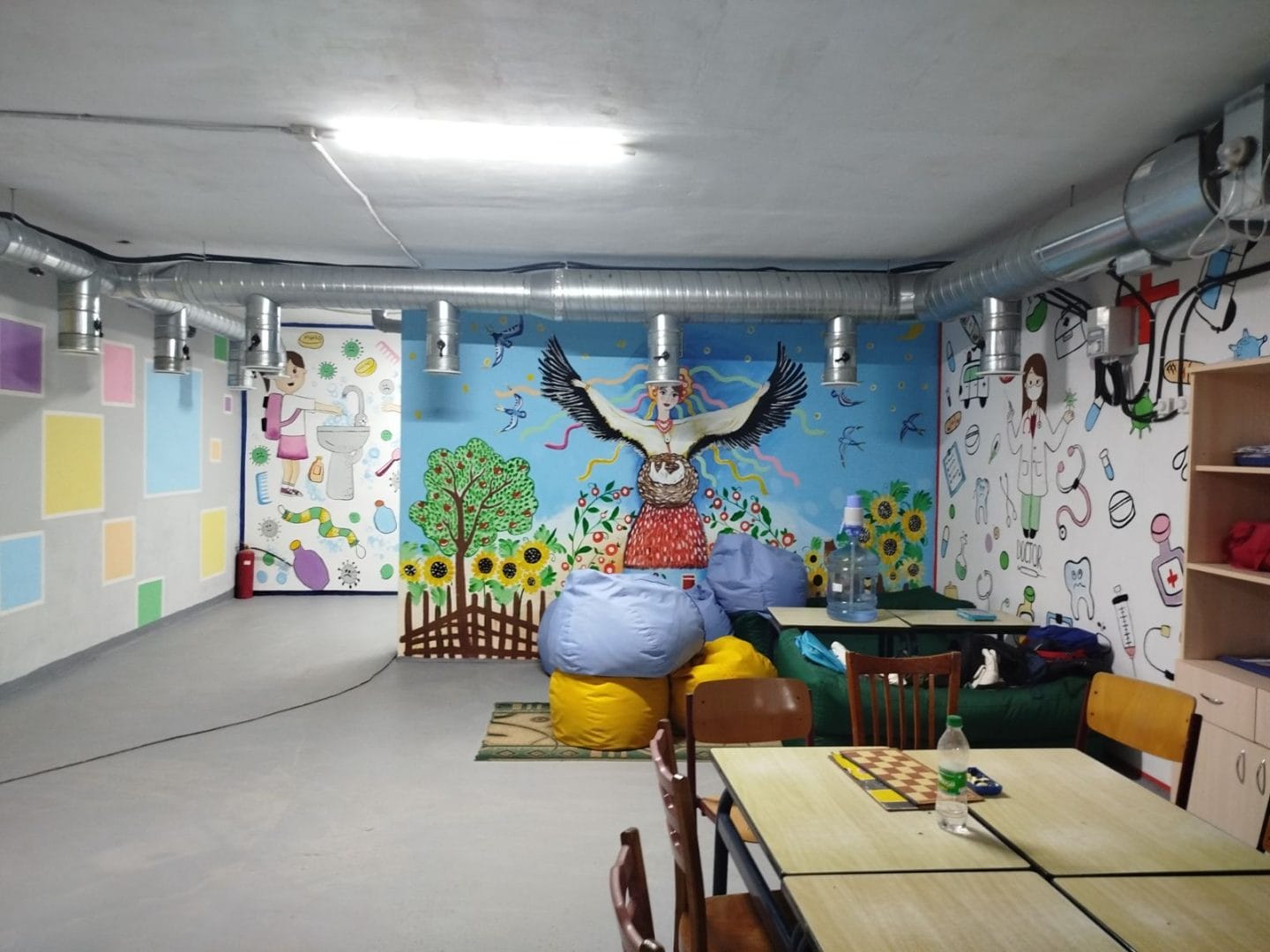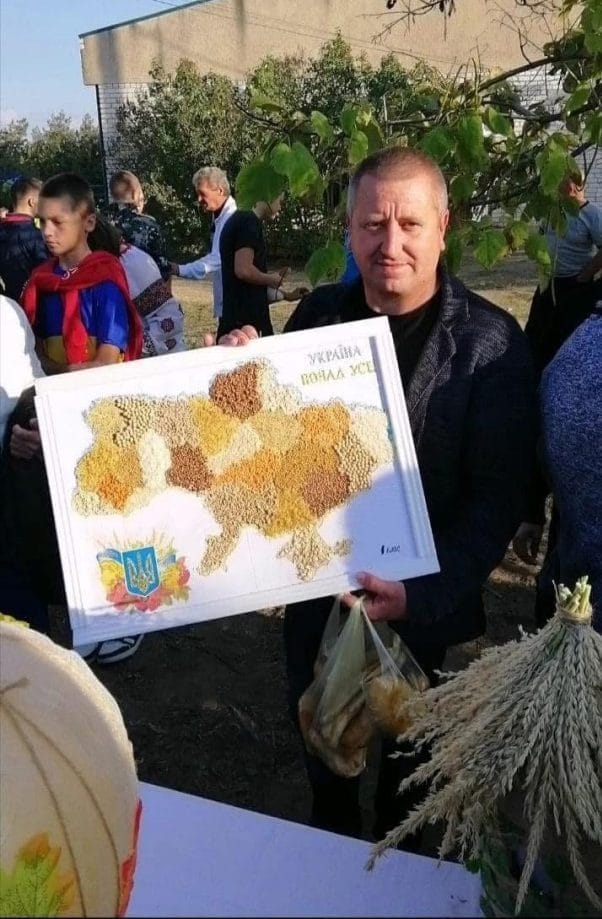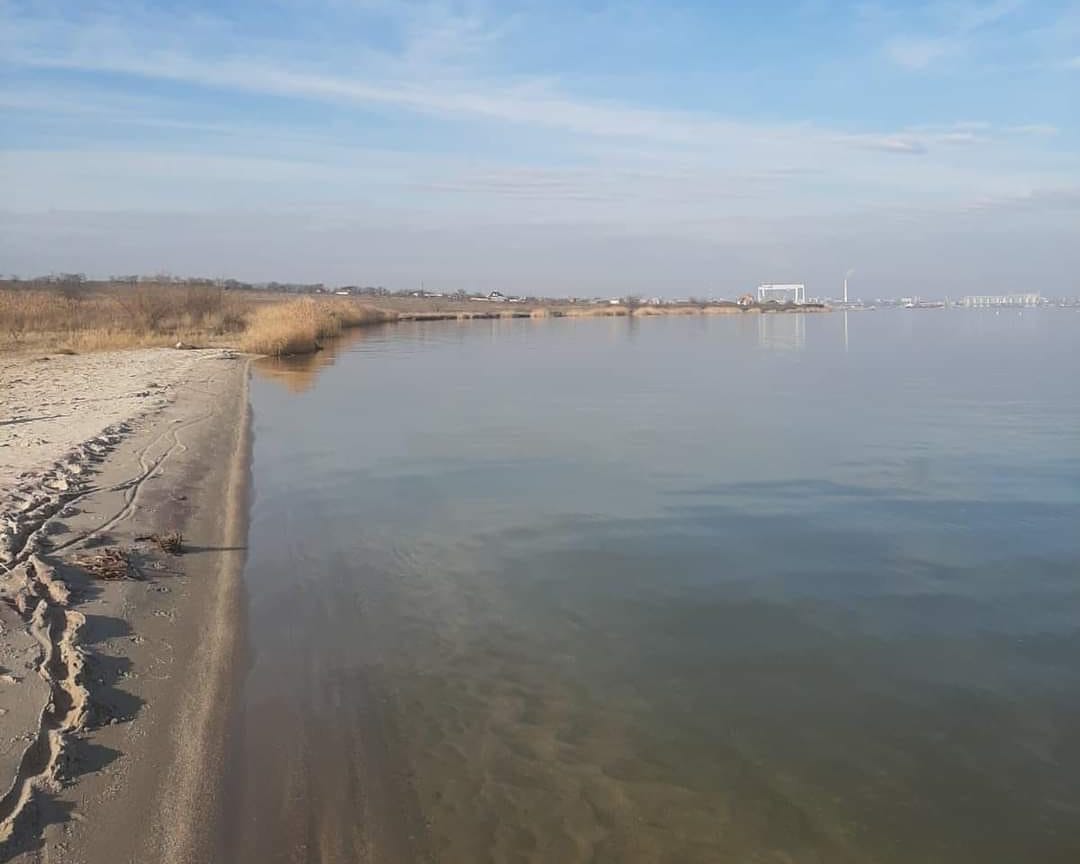This website uses cookies so that we can provide you with the best user experience possible. Cookie information is stored in your browser and performs functions such as recognising you when you return to our website and helping our team to understand which sections of the website you find most interesting and useful.
Radisnyi Sad Territorial Community

The community is located in southern Ukraine, with a total area of 205.78 square kilometres. It comprises 6 rural settlements and was formed on 12 January 2018.
As of 1 January 2025, the population totals 4,285 people:
Men: 1,700
Women: 1,983
Children (0 – 17 years): 599
Internally displaced persons (IDPs): 2228.
History
The settlement of Radisnyi Sad was founded in 1920 based on the “Radsad” state farm, which focused on viticulture, winemaking, horticulture, and related industries. Infrastructure developed rapidly, with housing constructed for specialists and workers. Today, it serves as the central estate and heart of the community.

The village of Novobohdanivka was established in 1863. The area is known from the times of the Grand Duchy of Lithuania, where a crossing used by Vytautas existed near Davydova Balka from the left bank of the Southern Buh. After the annexation of Northern Black Sea Coast to the Russian Empire, the lands were granted to the Cossack elite, Bohdanovych, and later to the Arkas family.
In 1863, Admiral Arkas permitted peasants to establish a new settlement. Subsequently, a zemstvo school was built, and after the war, the Shevchenko collective farm was formed. Today, the village has developed infrastructure, is gasified, and has centralized water supply.
The village of Zarichne emerged in the mid-20th century based on a collective farm. After land distribution, most areas are leased to large agricultural enterprises. The village hosts a lyceum and kindergarten. Its location on a national highway offers prospects for tourism and logistics development. Until 2022, the “Black Sea Riviera” project aimed to stimulate agriculture and tourism infrastructure.
The village of Stara Bohdanivka was formed in the 18th century. Initially, it was a Tatar settlement called Direkleia. After the Treaty of Iași in 1791, the territory came under Russian Empire control and was granted to Petro Bohdanovych, an official of the Black Sea Fleet, who began actively settling the area. Later, Bulgarians settled, forming a distinct part of the village, with their surnames and traditions preserved in its history.
The village of Kozyrka (formerly Mala Derekleia) was founded in the 18th century. Numerous archaeological sites have been discovered here, including a 4th-3rd century BCE burial mound, a 3rd-2nd century BCE settlement, Olbian coins, and a 1st-3rd century CE fortified settlement with a diverse ethnic population. The village holds significant historical and archaeological potential.

Economy and Welfare
The Radisnyi Sad community has long been recognized as an agricultural hub of southern Ukraine. Its advantageous location on the Dnipro-Buh Estuary, warm climate, and fertile soils create ideal conditions for agriculture, viticulture, and horticulture. Traditionally, the area has cultivated grains, vegetables, and grapes, the latter being a hallmark of the community.
The community hosts 49 registered legal entities and institutions, as well as 105 individual entrepreneurs, primarily in agriculture and trade. Key budget-contributing enterprises include “Radsad,” “VLADAN,” “Mykolaiv Cognac Factory,” “Kozyrske,” “Evryka,” “Budivnytstvo 8,” and “Rist-Agro.” These entities provide a significant portion of local budget revenues.


The “Radsad” enterprise, with its long history, specializes in grain and grape cultivation. In 2024, grain crops covered 557.7 hectares, yielding over 10,000 centners. Viticulture has an even greater economic and symbolic impact: over 760 hectares of vineyards produced nearly 52,000 centners of harvest. This is not only a cornerstone of the local economy but also a cultural heritage defining the community as a land of viticulturists and winemakers.

To ensure residents’ quality of life, the community established the “Radsad Komfort-Servis” municipal enterprise, responsible for water supply, sewage, and solid waste removal. Water purification units are installed in every settlement, significantly improving drinking water quality. Nearly all village streets have paved roads and lighting, with stable transport connections to Mykolaiv and other settlements.
The community boasts a robust social infrastructure. For children and youth, there are 4 lyceums, 4 kindergartens, and a cultural centre hosting events for all age groups. Education is a priority: all educational institutions have equipped shelters, and an inclusive resource centre supports children with special educational needs, staffed by psychologists, speech therapists, and other specialists to aid societal integration.
The healthcare system includes two modern outpatient clinics and two paramedic-midwifery posts. Villages have pharmacies, post offices, and banking services. In 2021, the community opened its Administrative Services Centre (ASC), significantly simplifying access to administrative and social services.

Sports and active recreation are emphasized, with a modern stadium, football and children’s playgrounds, sports zones, and recreational spaces fostering a healthy lifestyle and supporting youth sports.

The Radisnyi Sad community effectively balances economic development with improving residents’ welfare. Investments in infrastructure, education, healthcare, and community improvements make it a comfortable place for living, working, and entrepreneurship.
The Community and the War
From 24 February to 11 November 2022, the Radisnyi Sad community was in a combat zone. The village of Kozyrka remains within an 8-kilometre zone from the occupied Kinburn Spit. In March 2022, the community faced shelling, damaging lyceums, an outpatient clinic, private homes, and enterprises.
From the war’s outset, residents formed a voluntary community unit, built checkpoints, established collection points for supplies, and set up kitchens to prepare food for the military. After Kherson’s liberation, community life gradually recovered, and enterprises resumed operations. Volunteers continue supporting the Armed Forces by weaving camouflage nets, cooking food, and organizing fundraisers.

People of the Community
The community is led by Yurii Pinkovyi, elected for his third term. He is the driving force behind most initiatives and projects. Through his efforts, residents received humanitarian aid from Ukrainian and international organizations, helping them endure the most challenging times.


Development Strategy
The Radisnyi Sad community adopts a systematic approach to development, setting clear strategic priorities based on residents’ needs and the territory’s potential. Key areas include infrastructure modernization, support for agriculture and viticulture, social services development, energy efficiency, and investment attraction.
A key task is developing the road and transport network. Road repairs with paved surfaces are ongoing, new street lighting is being installed, and transport links with Mykolaiv enhance the area’s appeal to entrepreneurs and investors.
Energy efficiency and alternative energy sources are prioritized. With numerous sunny days, the community has significant potential for renewable energy. Plans include new solar power plants and energy-efficient greenhouse farming.
Education and youth development are central. All educational institutions have shelters, and schools and kindergartens are being repaired and modernized.

An inclusive resource centre supports children with special needs, with plans to open new clubs and spaces for youth.
In culture and sports, the goal is to develop leisure spaces and foster community unity. A modern stadium, sports, and children’s playgrounds are already in place, with plans to expand recreational zones for youth and seniors.
Healthcare and social services are a focus, with plans to modernize outpatient clinics, open new medical offices, and expand service access in villages. Support systems for vulnerable groups, including internally displaced persons, are also being developed.
In the near future, the community aims to attract investments for processing industries and tourism potential. Its location on the Dnipro-Buh Estuary positions it as a hub for green and agritourism, blending cultural traditions, winemaking, and natural resources.
Thus, the Radisnyi Sad community’s development strategy combines economic growth with improved quality of life, focusing on infrastructure, business and farmer support, social sector modernization, and creating comfortable living and working conditions.
Sources
- Official community website –radsadivska-gromada.gov.ua
- Official Facebook page – facebook.com/radsadivska.gromada
- Community Development Strategy until 2025 – Community website
- Community Investment Passport – Community website
